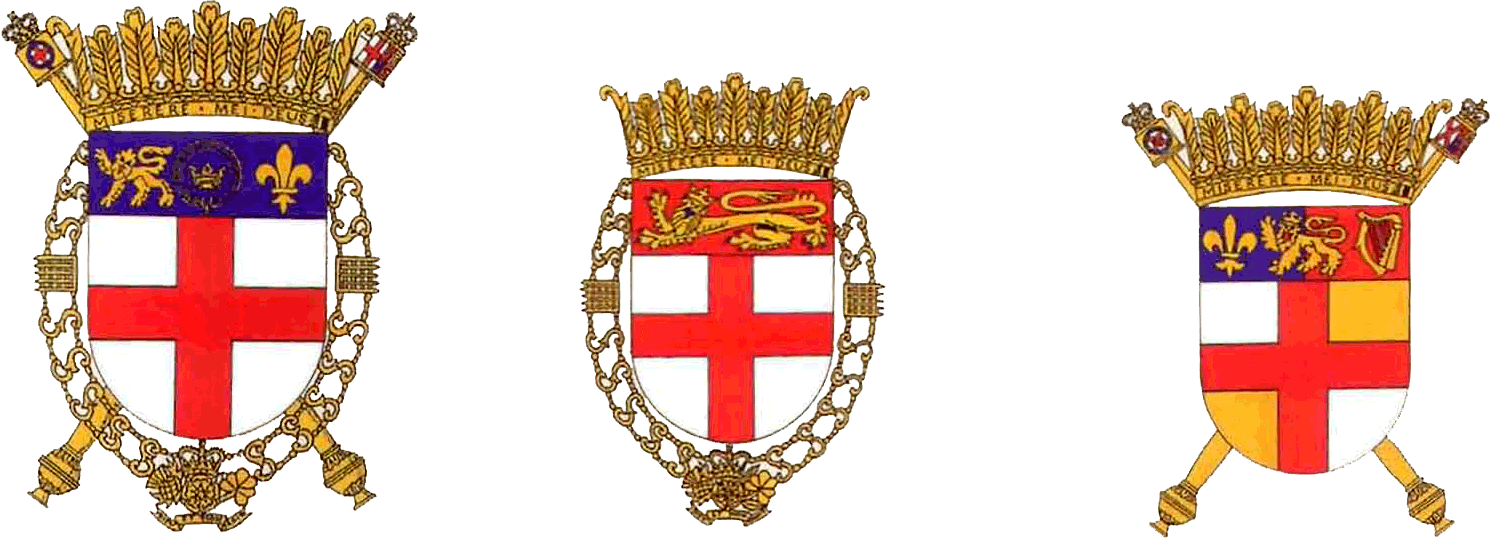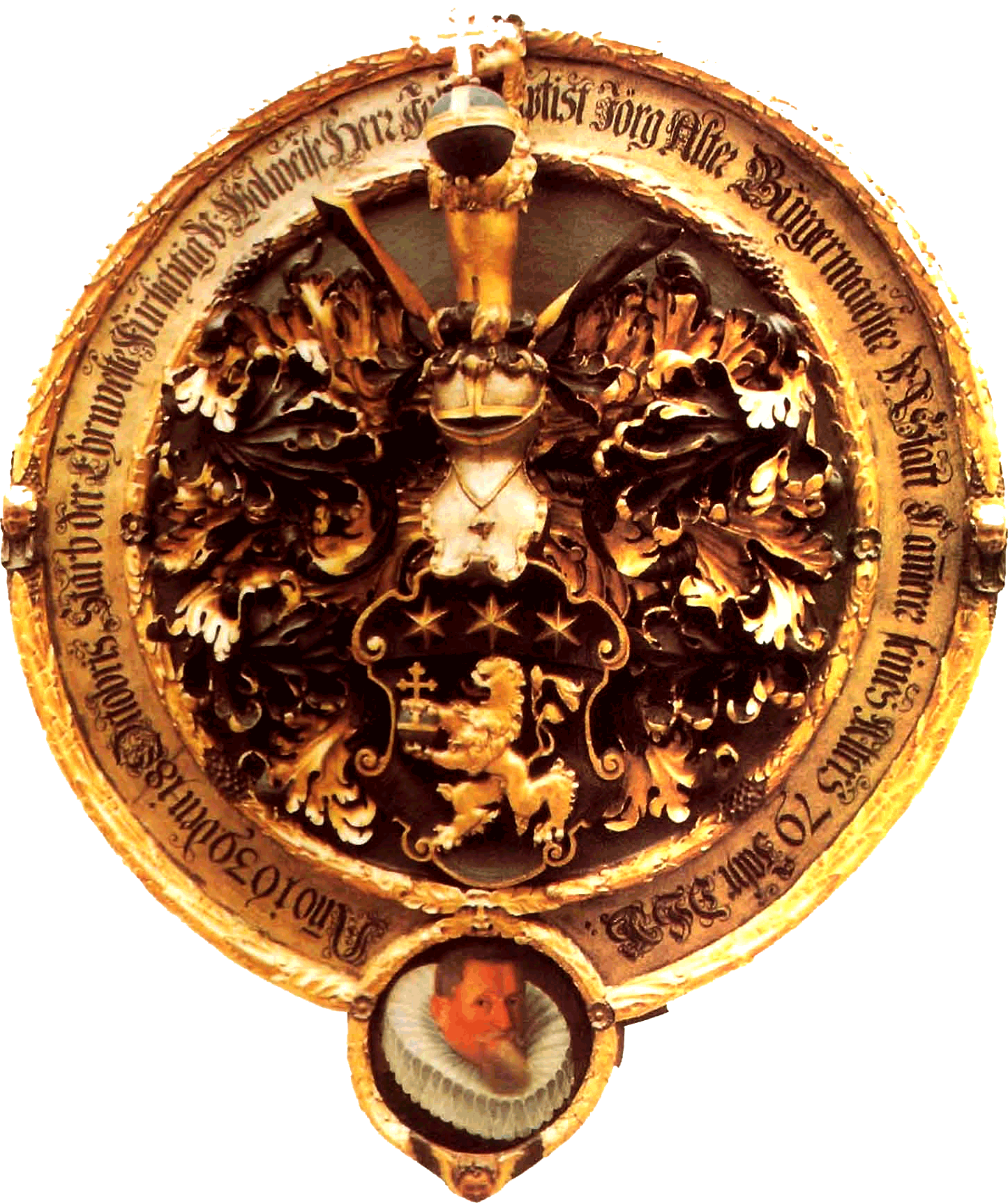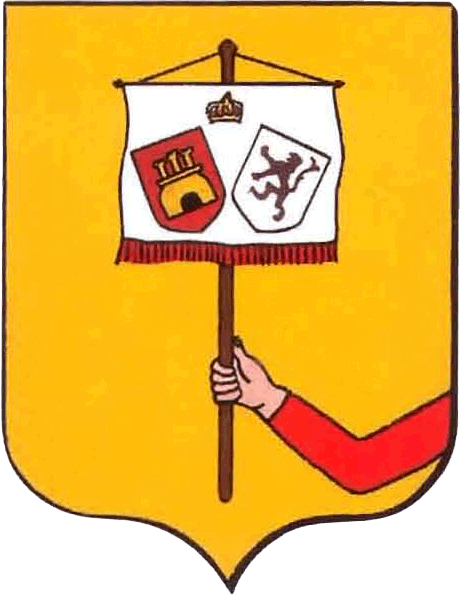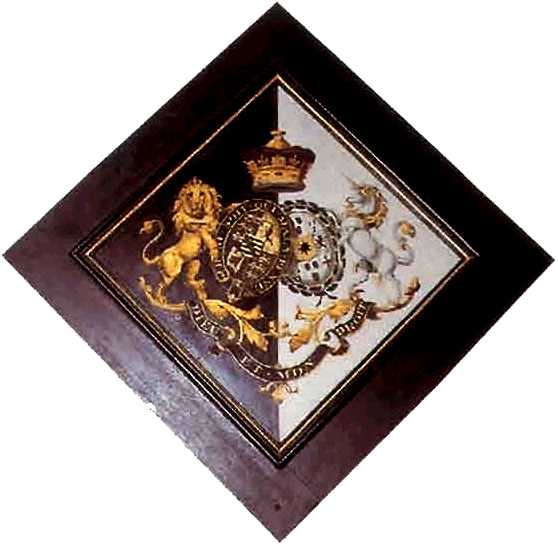
The term “herald” seems to have its origins in the Old German word beerwald, suggesting a caller or proclaimer to the army. Certainly, early references to heralds in French medieval romances seem to suggest they shared a common ancestry with the minstrels and messengers of noble households. Other 12th- and 13th-century writers refer to freelance individuals who followed the newly fashionable sport of tourneying across Europe, employed to cry out the names of knights and recount their lineage and acts of prowess.
By the late 14th century the herald had advanced to become a permanent fixture in the households of royalty and they major nobility – to help in organizing tournaments or to act as a personal emissary. While lesser nobles might have only one herald, the households of ruling dukes, princes and kings were more likely to contain a formal heraldic staff headed by a king of arms, the highest ranking officer of arms. “Pursuivants” (literally “follower”) were apprentice heralds. On the medieval battlefield, where strategy and tactics look second place to precedence among the nobility, the heralds were attached to the retinue of the marshal who led the army, and assisted him in marshalling the forces on the battlefield, in camp and on the match.
Like their late medieval forebears, heralds today are concerned on a daily basis with the granting of arms, both to individuals and to corporate bodies. They are also often consulted for their expertise in historical matters, from pedigrees to providing providing background material for television documentaries or films. More formally, they act as assistants and advisors to the Earl Marshal at great state occasions such as the coronation of the sovereign, or the state opening of Parliament. In addition to the officers employed on a full time, or “ordinary”, basis, there are others who, through their own merit, are singled out by the Earl Marshal to be “extraordinary” pursuivants or heralds. They are honorary heralds who exercise ceremonial duties on an occasional basis. The extraordinary officers hold titles taken from the various peerages held by the Earl Marshal.  |
Heraldry Introduction | The Origin of Heraldry | The Law of Arms | the Coat of Arms | The Language of Heraldry | Color of Shield & Meaning | Symbolic Meaning
Home Disclaimer Contact Us


